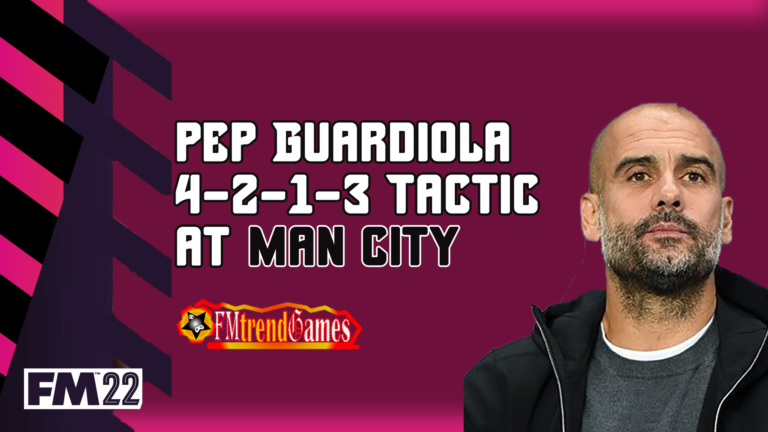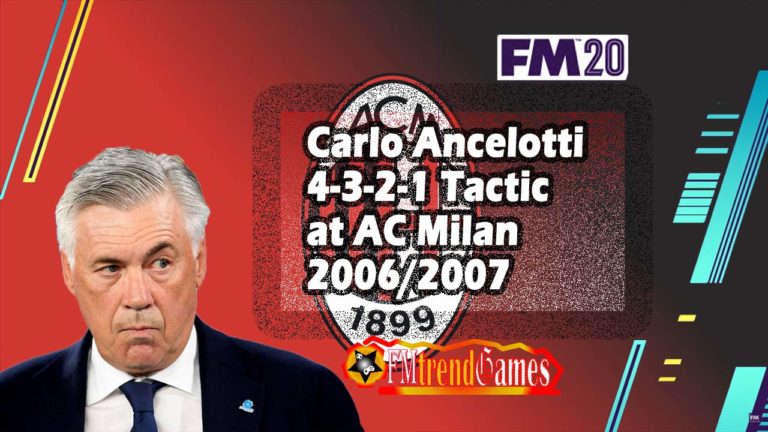The Modified Tiki-Taka Style In Football Manager 2016
Of all the versions of Football Manager I have played, the FM16 version proves to be more sensitive, smart, realistic, and sometimes more frustrating; perhaps the upcoming FM17 may beat FM16, but for now, the latest version proves to be the boss. Every change you make in FM16 counts. The kind of staff and players you bring in also determine the security of your job as a manager. However, for you to avoid the unfavorable ocean current of FM16, you got to be observant in every aspect of your team.
As we all know, tiki-taka is not a new name in today’s football. Actually, it’s a football style of play which involves short passing, ball control and working ball through various channels, and retaining possessions. FC Barcelona and FC Bayern mostly use this style in their games. However, tiki-taka can as well be practiced in FM16. But it will be difficult to get good results, unless you have high profiled players in your team.
Moreover, implementing Guardiola’s (former FC Barcelona manager) tiki-taka on some small and average teams, having a false 9, doesn’t work so well in FM16. The team may gain more possession, but they will be vulnerable to counter attacks.
Because of the bad results I was getting using the Guardiola’s era of tiki-taka on small clubs, I had to modify it in order to;
- close down and disorganize the opposition counter attacking threats,
- gain more possessions regardless of the pitch the team is on (Home or Away),
- defend more and attack effectively, and
- confuse the opposition’s defense.
In this article, am going to present the tiki-taka style that suits small teams, using R. Betis (the team that was just promoted to the Liga BBVA) as an example. In addition, am going to display the effectiveness and results of the tactics all through the season.
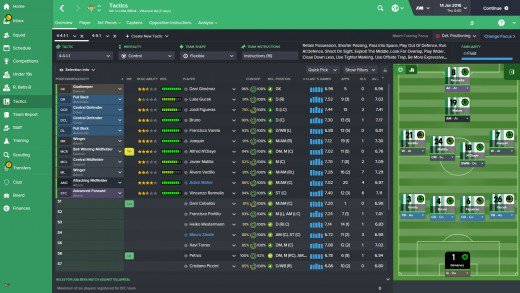
However, since the tactics is divided into different aspects, am going to take up more important aspects:
-
Formation
-
Player
-
Set Pieces
-
Opposition Instructions
Formation
The 4-4-1-1 Formation
Judging from the formations I have tried before, the 4-4-1-1 formation proved to be suitable for teams like R.Betis. As you can see in the picture below, the wingers and midfielders are close, having an AM close to the CM and closer to the ST. This closeness enhances the flow of passes around every area of the pitch, and also tights up wide spaces during defense.
Am going elaborate further on how this tactics work. But for now, let’s finish with the formation settings.

This 4-4-1-1 formation involves a control mentality (sometimes I start with an attacking mentality, then change to control when the match starts, in order to deceive the opponent that set a defensive formation, hoping for counters), a flexible team shape, and 16 team instructions.
Roles and Duties
GK- Goalkeeper (defend): You can choose Sweeper (defend), depending on how good his attributes are.
Two DCs- Central Defenders (cover): Instead of giving both of them a defend duty, I chose cover. “Cover” makes the DCs to always stay back and close down counter threats and through balls as possible as they can.
However, assigning Limited Defender to both players forces them to always clear the ball anyhow once they retake the ball from the opponent; therefore, LD wasn’t a good choice. As CDs, they most times gain confidence in passing the ball to an available teammate (including the GK).
In other words, players assigned to CD should have attribute of at least 14 on Marking, Tackling and Positioning; at least 15 on Anticipation, Strength, Jumping Reach, and Determination
DL/DR- Fullback (automatic): With Automatic duty, the appointed players support and cover the wingers. They usually stay back, but proceed to byline when necessary.
Assigned players should possess at least 12 on crossing, corners, marking, positioning, tackling, acceleration, and pace.
Two MCs- Central Midfielder (support) and Ball Wining Midfielder (defend): I will explain later on how these two players work. For the former, attributes like passing, vision first touch, teamwork, stamina, technique, and decisions should be considered carefully. Marking, tackling, Bravery, stamina, positioning should be observed in the BWM; his work rate and strength stay best at 16 and above.
ML/MR- Winger (attack): As a small club, selecting Wide Midfielder was a bad idea because they contributed more at defending and also found it difficult to attack effectively. Instead, I changed to Winger. The wingers carry out 85% of the attack from the flanks, reserving the rest for support, in order to prevent the fullbacks from leaving too much from the defense line.
Crossing, dribbling, technique, flair, acceleration, technique, and pace should be considered first in these players.
AMC- Attacking Midfielder (attack): This player acts as a false 9 and as a midfielder. He contributes to all attacking movements and provides more dangerous passes for others to score. He’s main job is to create spaces.
This player’s dribbling, first touch, passing, vision, technique, anticipation, decisions, and off the ball must never be overlooked.
ST- Trequartista (attack) or Advanced Forward (attack): Implementing either a Trequartista or an Advanced Forward relies on the type of team you’re using. Some teams thrive well when a T is in place, but R. Betis do better with an AF.
In general, when selecting or bringing in players, always try to acquire players that are not lacking real strength. Players lacking real strength can’t play in any of these roles; that’s why I sold Rafael van der Vaart. No offence Rafael!
Team Instructions

Player
The “player” aspect on the bar is where you set instructions to each role in the starting eleven. Any player occupying that role carries out the instructions aligned to it. Below, each screenshot displays each role and the instructions attached to it.


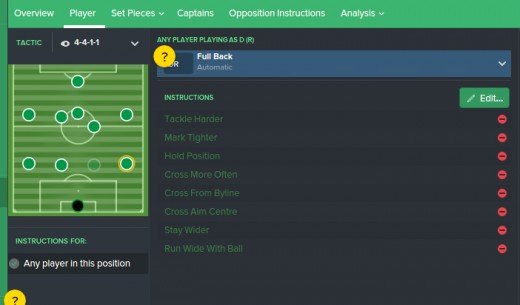
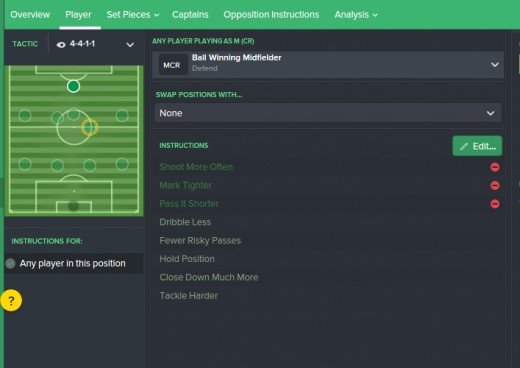



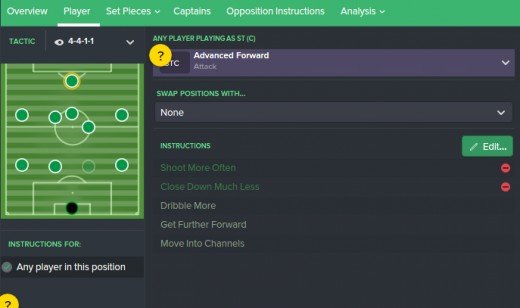
Set Pieces
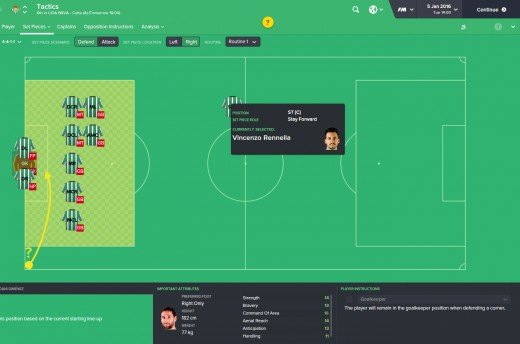
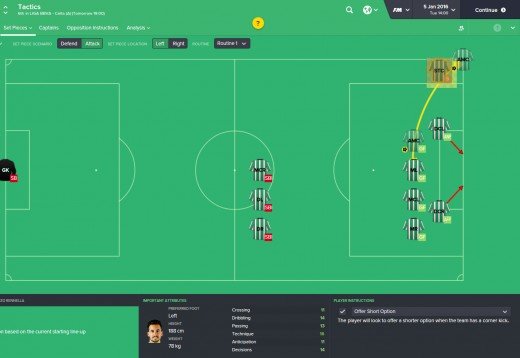
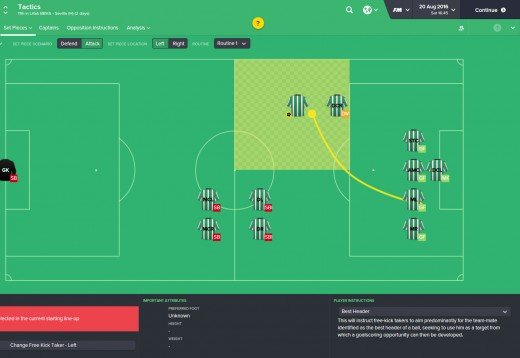

Opposition Instructions
For me, I usually leave the opposition instructions to the assistant manager or a coach with a tactical attribute of at least 15 to handle. However, most times, I adhere and carry out his advice concerning opposition instructions during a match (before kick-off). So, setting opposition instructions depend specifically on the nature of opponent.
How Does The Tactics Work under Tiki-taka Style?
In this area, am going to explain how this formation functions during a match. To be able to elucidate, I have to introduce three structures of the formation:
- Attacking Structure
- Defense Structure
- Balance/Control Structure
- Attacking Structure
Attacking Structure
This deals on how the formation adjusts during attacking. The attacking force of this formation is carried out by three players; the two Wingers and the Attacking Midfielder.

From the diagram above, the three players seem to be normally arranged in an inverted V-shape, but once the team gets the ball for an attack, the shape changes. If one of them, especially the AM, plays poorly, then the team loses out; the team won’t score, unless they are lucky enough to score on Set Pieces.
Once the AM gets the ball, he distributes it to the wingers to pose more attacking threat from the wide to the opponent’s box. And because the strike is always marked, the wingers receive most of the balls in order to give the ST time to adjust to a favorable position to receive a key pass or cross. However, due to the opposition’s responds toward the threat, the winger with the ball may choose to cross (but on rare cases), or dribble his way into the box, or drop the ball back to the center for the AM to tap a through ball for the striker or any other player to score.
The AM will knock the ball around with the CM and BWM if there is no space. This allows the fullbacks to gain good positions for crosses. In other words, the opposing defenders are drawn forward a bit in this situation, allowing the ST or a far winger to perforate quickly to receive a killer pass or cross.
Once the team blends together, the offside trap can be beaten. Moreover, the attacking plan may fail depending on the opposition’s defense stiffness, but with the tiki-taka style, passing and maintaining possessions, the team tries as much as they can to deceive the defense.
Defense Structure
In Football Manager, the percentage of invincibility of your team’s defense relies on the kind of players you have, and the knowledge they have toward the role and duties assigned to them. When the team loses focus or lacks esprit de corps, unnecessary mistakes thrive.
Under team shape flexibility, the BWM, wingers, fullbacks, and central defenders participate in defending. The CM is there to mark and control, whilst the AM and ST hover to make themselves available once the ball is retaken.
In defending, the DCs are the core players to end attacking threats; if one defaults, the team suffers dearly. But, the BWM is the busiest player on the pitch when it comes to retaking the ball. He, the Ball Wining Midfielder, draws back (as shown in the below image) and moves from side to side as the ball moves in the hands of the opponent, trying to win the ball back for his team
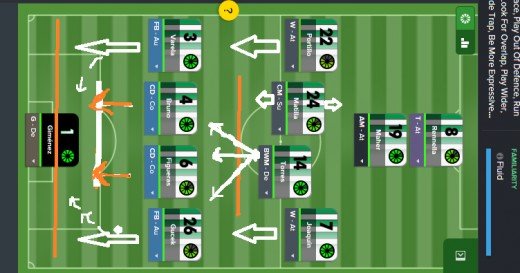
The wingers draw back immediately to help the fullbacks in marking and closing down the opponent as much as possible, whilst the CM moves back a bit to help in marking the opposing midfielders.
Balance/Control Structure
For the balance structure, the key controller is the Central Midfielder. He controls the movement of the team, and he’s the only player capable of distributing passes all round the pitch. However, the CM works side by side with the BMW to maintain the team’s possession.
The second key player in maintaining balance and control is the GK. He always starts with a pass or rolls the ball to any available CD or Fullback. But, generally, the whole team contributes immensely in controlling and maintaining possessions in this tactics; due to teamwork.
Training
In the training section, which helps players reach their potentials, I usually hand over the general training to the assistant while I handle the Match Preparation. During pre-season, I set the main focus to “Teamwork”. As the domestic league progresses, I change the main focus to “Def. Positioning” (you can leave it at Teamwork if you like).
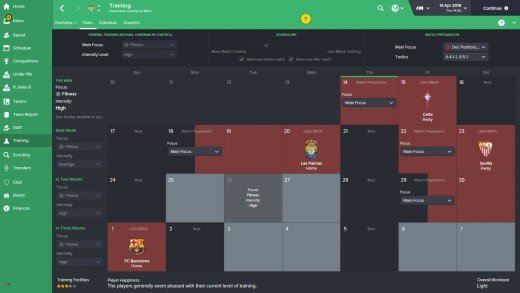
It’s important to hire some coaches to help in the team’s training. All you need is to hire good coaches that can handle areas like attacking, defending, goalkeeping, ball control (at least 16 on technical) etc.

And more importantly, this tactics (including other fantastic tactics on FM16) will be very effective once the players adapt and blend properly. So, you got to be patient because it starts off gradually.
Team Talk
In your FM16, if you view my Assistant Manager “Michael Lindeman”, you will see he’s good in motivating. So, because of that, I leave the team talk to him. For touchline talk, I usually tell my players to “Tighten up” (assertively), or “Concentrate” (aggressively) if we are losing the game.
Results and Outcomes
The below screenshots show the results and outcomes Real Betis had all through the season, using this my football philosophy. I hope you find this tactics helpful.
Team Overview

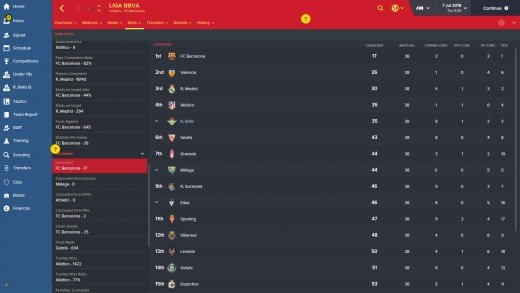
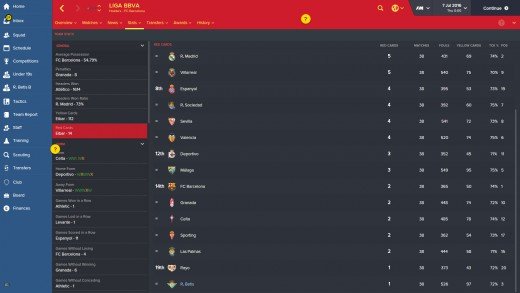
Overall Position
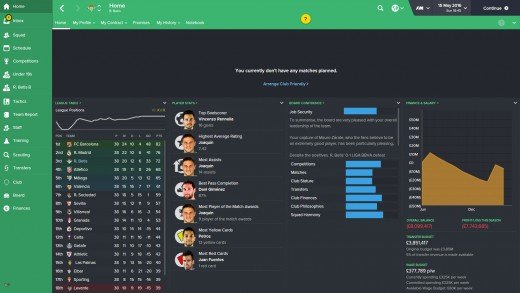
Feel free to drop any question in the comment box.


